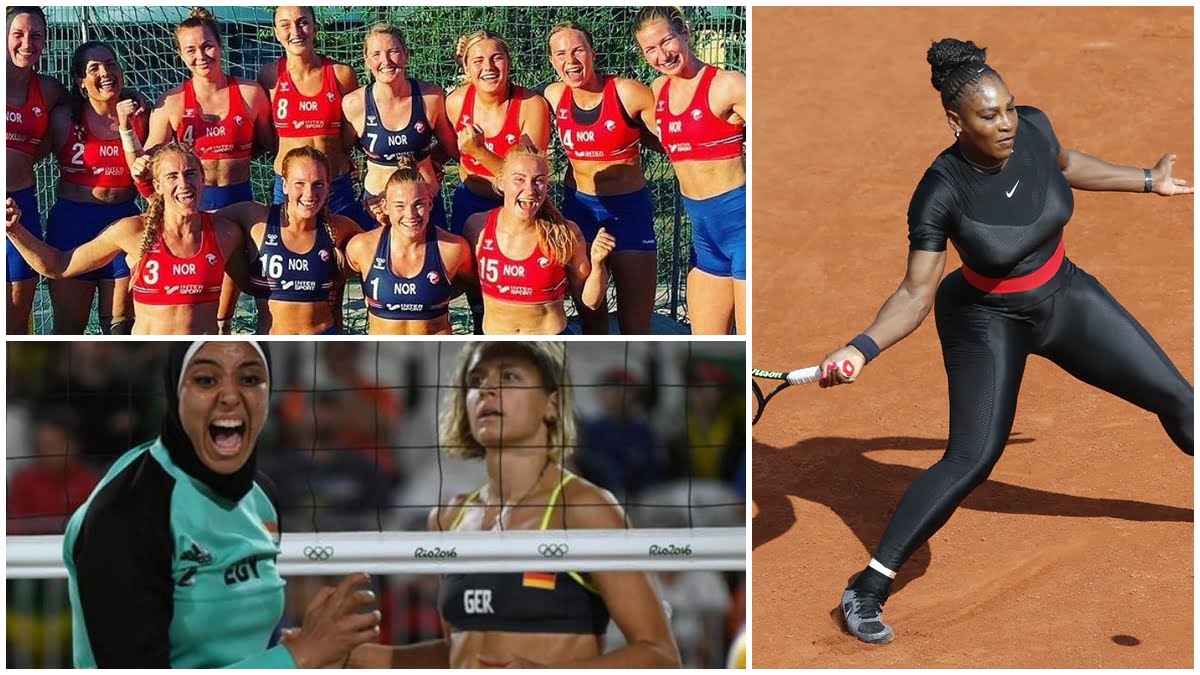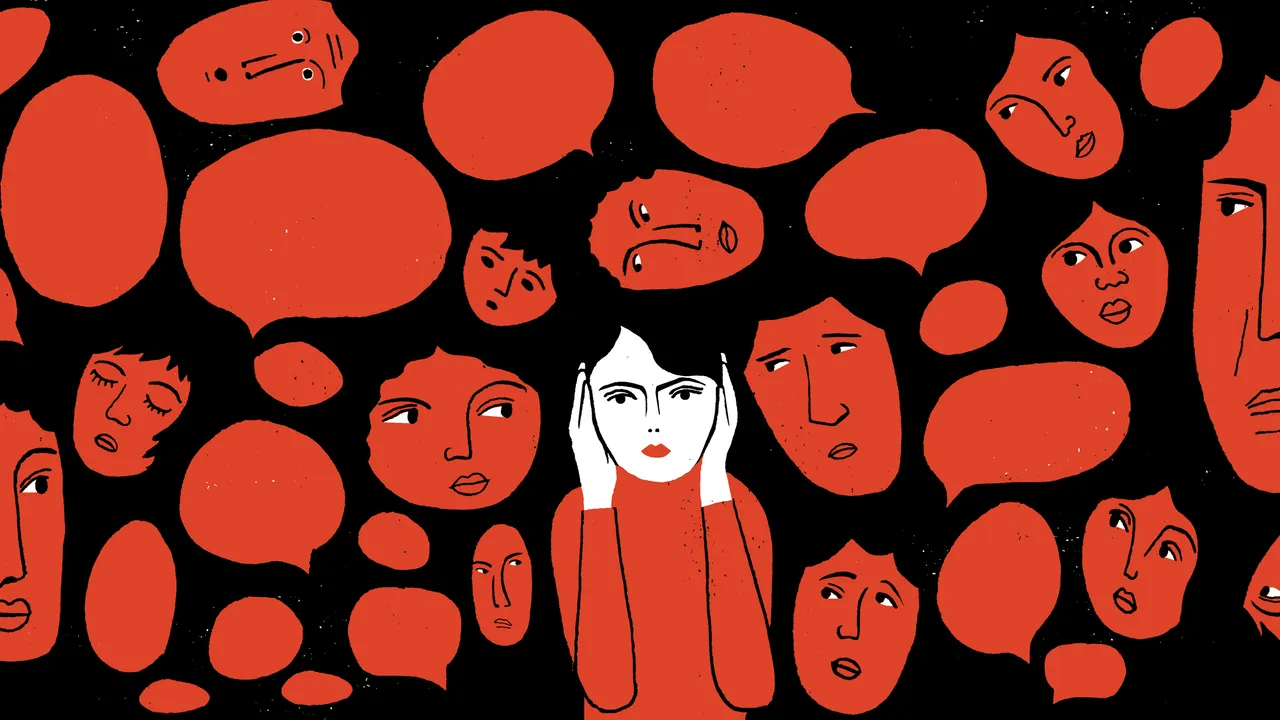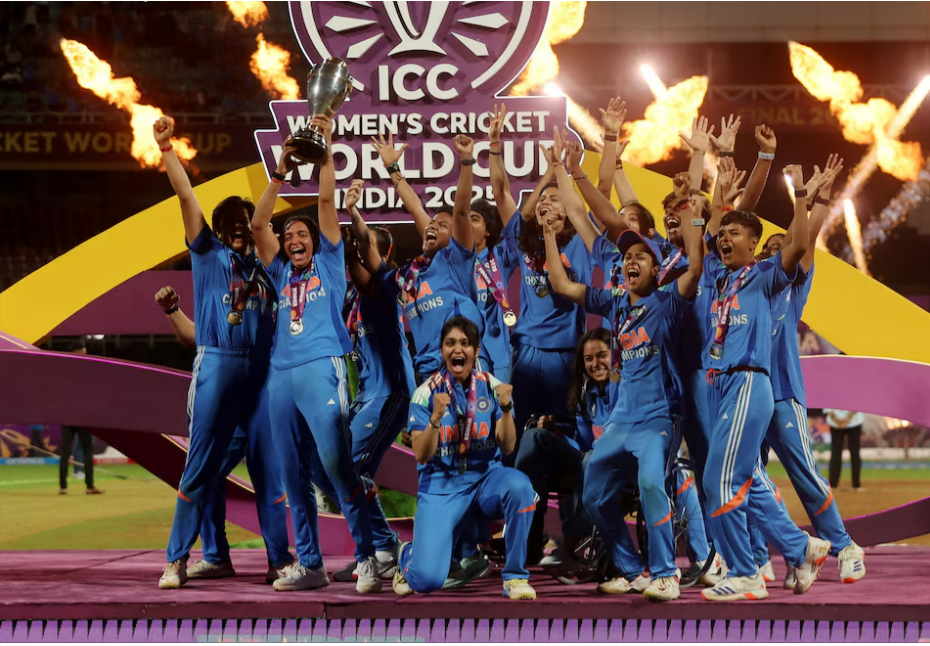When the Norwegian women’s beach handball team refused to play in bikini bottoms during a game in the sport’s Euro 2021 tournament, they were fined $2,000. As a protest against the sport’s standard bikini bottom design, the Norwegian women’s team wore thigh-length elastic shorts during their bronze medal match against Spain last week in Bulgaria. The design was described as “embarrassing” by the president of the sport’s Norwegian Federation. According to a statement from the European Handball Association’s Disciplinary Commission, the team was fined a total of 1,500 euros ($1,700) for “improper clothing.”

Unlike male players, who are permitted to wear tank tops and shorts with a maximum length of 4 inches above the knee, female players are required to wear midriff-baring tops and bikini bottoms with a “close fit and a cut on an upward angle toward the top of the leg,” as well as a maximum side width of 4 inches, according to International Handball Federation regulations.
Unlike male players, who are permitted to wear tank tops and shorts with a maximum length of 4 inches above the knee, female players are required to wear midriff-baring tops and bikini bottoms with a “close fit and a cut on an upward angle toward the top of the leg,” as well as a maximum side width of 4 inches, according to International Handball Federation regulations. In an interview with NBC News by phone from Oslo, Norwegian Handball Federation President Kre Geir Lio said that the players’ clothing was “not appropriate for the activity” when they were playing in the sand. He explained that the women’s team trains and competes in “whatever they want, just like the boys” at home in Norway, but that when they travel abroad, they must adhere to the International Handball Federation’s dress codes.
Also read: Surge In Domestic Violence After Euro Cup Final: Organised Sports, Hypermasculinity And Aggression
Each Norwegian handball rebel was fined 150 euros (approximately $170), which the Norwegian Handball Federation has stated that it will pay out of their own pocket. However, the Norwegian women claim that they have been complaining to the International Hydrographic Organization (IHF) about the bikini bottoms issue since at least 2006, and that this act of defiance was not unexpected. This, in their opinion, is a sexist double standard because they must compete in skimpy uniforms, while their male counterparts are not required to do so.
In an interview with Norwegian public broadcaster NRK, team captain Katinka Haltvik said she and her teammates had made a “spontaneous” decision to swap out their black bikini bottoms for blue bike-style shorts in order to spark conversation — and, hopefully, rule changes.
They were aware that they would be in violation of International Handball Federation regulations, but they decided to go ahead with the uniform change anyway.
NRK reported that Haltvik expressed hope that a breakthrough would be achieved and that she would be able to play in the league of her choosing next summer. “People applauded us for taking the initiative and going in front of several teams. Such fines are not within the financial reach of all teams.” Furthermore, she stated that beach handball “should be viewed as an inclusive sport rather than an exclusive sport.”
A No-Win Situation
Former professional golfer Anya Alvarez says that women athletes are frequently placed in a no-win situation, with some being told that they must compete in revealing uniforms that feminise and sexualise their appearance by appealing to the male gaze, while others are chastised for their clothing being too revealing, a form of moral policing directed at female athletes.
Historically, men have determined what clothing is appropriate for women to compete in, and this contradiction has come to be more obvious now. Deirdre Clemente, a historian of the American fashion industry, notes that it is not surprising when an outfit worn by a female athlete generates outrage. She recalls Suzanne Lenglen, a French tennis star of the late 1910s who shocked onlookers with her knee-length tennis dress.
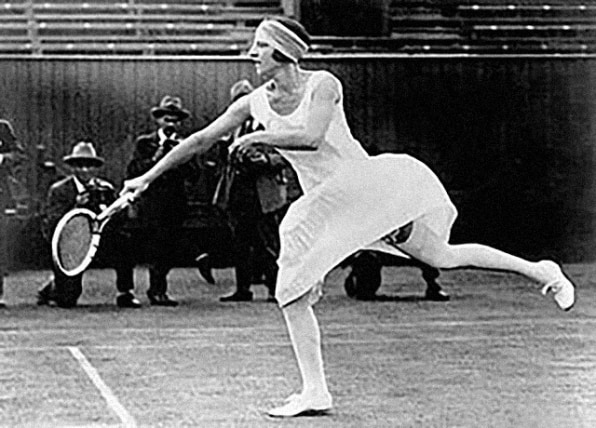
Most of the time, when dictating what is appropriate for female athletes to wear, these dress codes take social norms and male gaze into consideration, but they rarely consider what the players would be most comfortable in while playing.
Clemente notes that the fact that they participate in sports while wearing skirts was cited as evidence that they were not serious about their sport. Neither the function of these athletes’ uniforms nor their physical comfort while wearing them were of any concern to the male powers-that-be. She brings to light a sportswriter named Paul Gallico who argued, “Women who play sports stick out places when they play, wear funny clothes, get out of breath, or perspire.” He didn’t like that because “it’s a lady’s business to look beautiful, and there are hardly any sports in which she seems able to do it.” She discusses how in the 1920s, female tennis players were on the frontlines of the battle for public acceptance of shorts. Similarly in 1970s, Jean King wore very short, gored skirts and sleeveless polo shirts in the 1970s, they were criticised for their “radical” outfits. Hence, time and again, the players push forward toward personal choice through out history despite number of obstacles.
Also read: Female Bodies In Sports And The Body Policing They Are Often Subjected To
The role of racism and religion
One of the obstacles is racism. Britni de la Cretaz notes that a common thread running through each of these aesthetic restrictions has been a commitment to maintaining white, Western, Christian notions of femininity as the norm, discusses and these notions were challenged in 2018 when Serena Williams dared to wear a catsuit on the tennis court during the French Open, an outfit that the French Tennis Federation deemed disrespectful to the game.
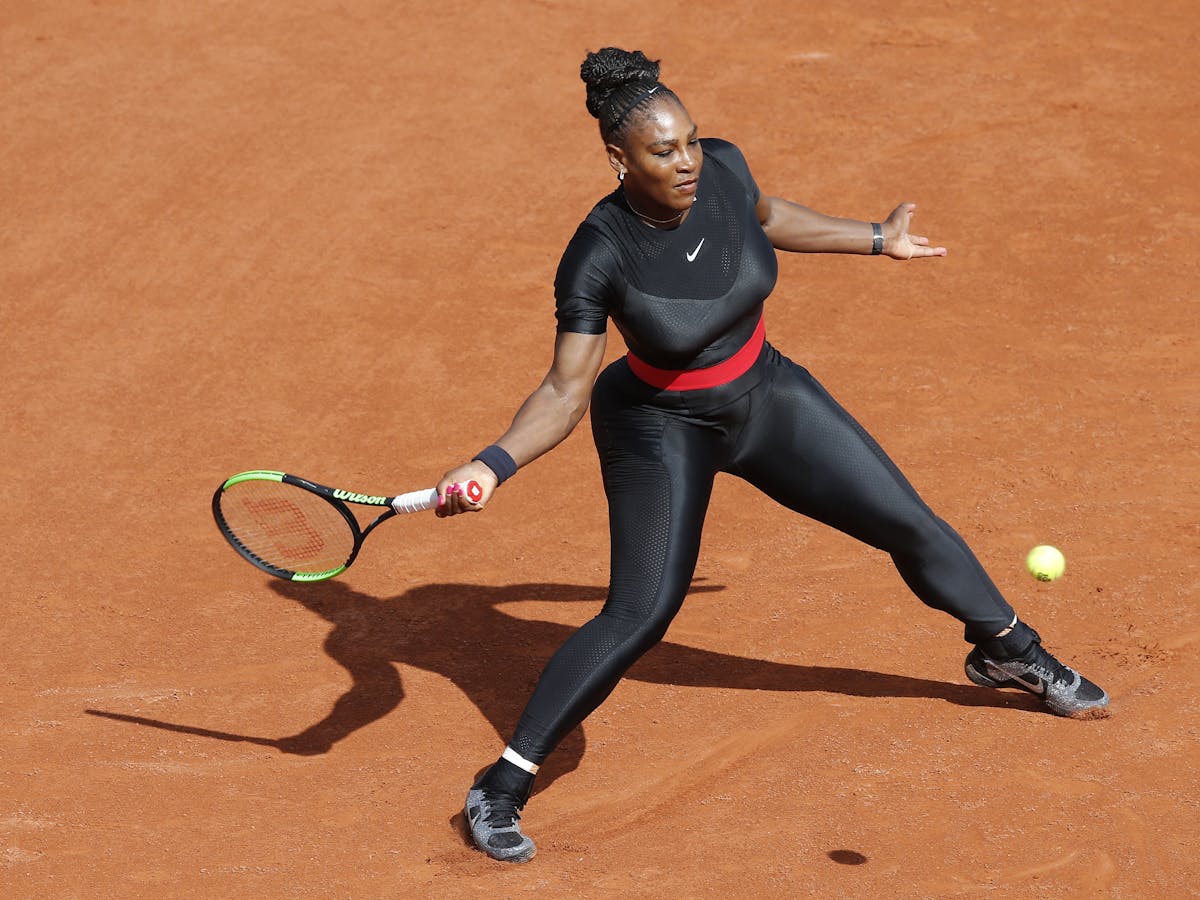
Similarly, Muslim athletes who wish to compete while wearing hijabs have been fighting these regulations for years, and bans on hijabs frequently prevent these women from participating in sports.
McLaughlin discusses the role racism plays in the context of law enforcement. The fact that Serena Williams has been referred to as “a man” because of her ability has led to her critics refusing to believe she is a woman; this stems from the masculinisation of black women, which is directly related to their being deemed less feminine and therefore, less attractive than their white counterparts. Youtuber Ada on Demand discusses how often black women are masculinised in media, whether Michelle Obama or Megan Thee Stallion, the media representation of black women has either seen to be manly as opposed to dainty white women or they are hypersexualised from a younger age. Hence, following the feminine ideal gets reinforced stronger on black women, presenting itself prominently in clothing. This makes people question Serena Williams even more, even if catsuit helped prevent blood clots during her game.
This criticism extends to other prominent players as well. In 2005, there was a fatwa against Sania Mirza for her attire on the court. Reports said that a Muslim cleric affiliated with a religious organisation is said to have issued a fatwa against her: he stated that Islam forbids women from wearing skirts, shorts or a sleeveless top in public. Fatwas are big news, and one involving an international female tennis player was a particularly big story at the time, affecting Sania Mirza’s public image prominently.
Existing rules are often given a higher value simply because they are in place, providing a veneer of legitimacy that can be applied to norms and regulations in the sports arena, even when those norms and regulations were instituted within a specific, often harmful cultural context. The buildup to the Tokyo Olympics has sparked difficult but necessary conversations about issues such as the racism embedded in marijuana-specific drug policies or the refusal of FINA (swimming’s main international regulatory body) to approve a swim cap designed specifically for people with natural hair in the sport.
The Way Forward
However, it has become apparent in recent years that there is a widespread desire for transformation. As a result, women have become less willing to accept things as they are and have begun to use the collective power they now possess to push for change. There is strength in a united front, whether it is the Norwegian handball team deciding to defy a sexist dress code as a group, the United States women’s national soccer team banding together to fight for equal pay, Muslim women pushing for international federations such as FIBA to lift their hijab ban, or netball athletes fighting to overturn the dress requirement.

Hence, agency for sportspersons, especially women should be characterised by their freedom to wear or not to wear what best suits their requirement to play the sport effectively rather than arbitrary rules catering to the male gaze. As seen, autonomy and agency ensure greater and meaningful participation in sports, and otherwise the public sphere.
In fact, in 2016 Doaa Elghobashy made her debut to represent Egypt as part of the nation’s first Olympic beach volleyball team. In her hijab and long sleeves, she said “I have worn the hijab for 10 years. It doesn’t keep me away from the things I love to do, and beach volleyball is one of them.”
Many players were the beneficiaries of uniform regulations that were relaxed by the international volleyball federation before the London Games to avoid excluding various cultures.
FIVB spokesman Richard Baker said “The goal was to allow more people to play the sport of volleyball” and there were 169 countries involved in the Continental Cup qualifying process for the 2016 Olympic, compared with 143 for London.
Hence, agency for sportspersons, especially women should be characterised by their freedom to wear or not to wear what best suits their requirement to play the sport effectively rather than arbitrary rules catering to the male gaze. As seen, autonomy and agency ensure greater and meaningful participation in sports, and otherwise the public sphere.
About the author(s)
A spoken word poet, writer and a graphic design enthusiast, studying education. Passionate about a wide range of things, anywhere from political theory to queer representation to artificial intelligence.
